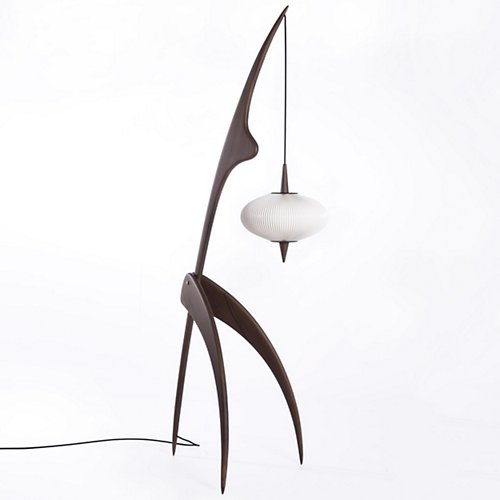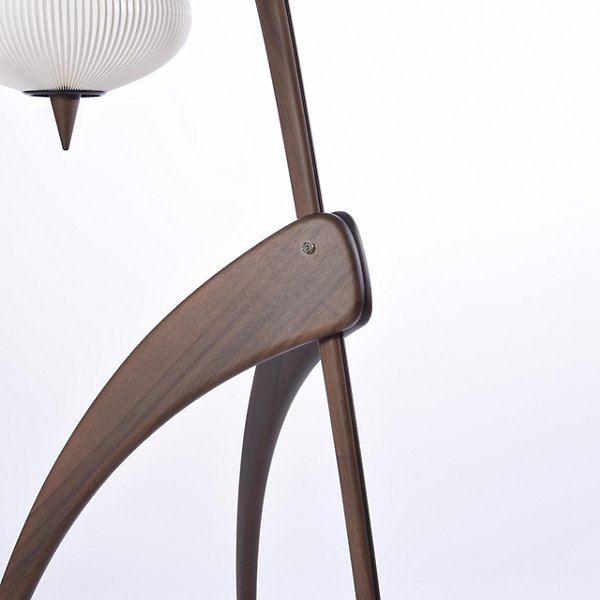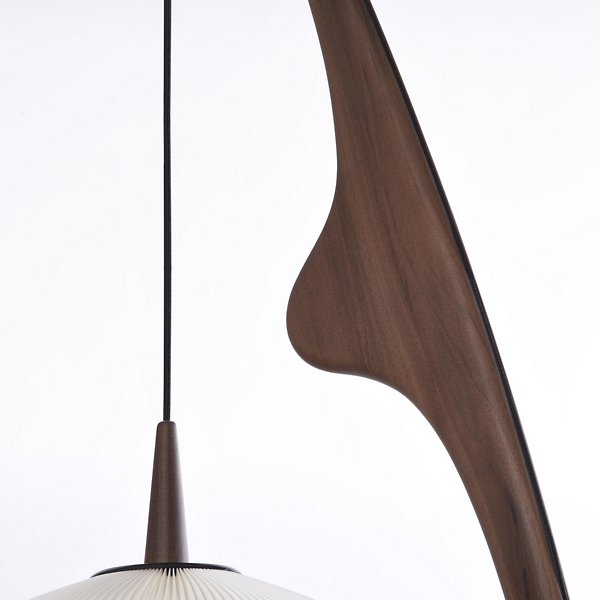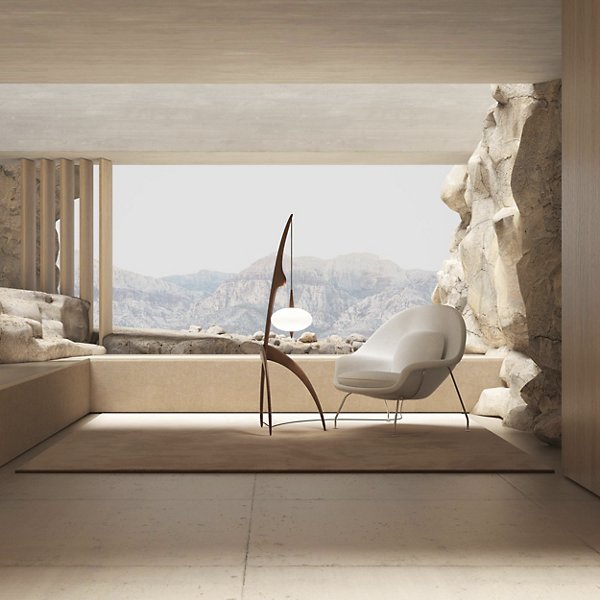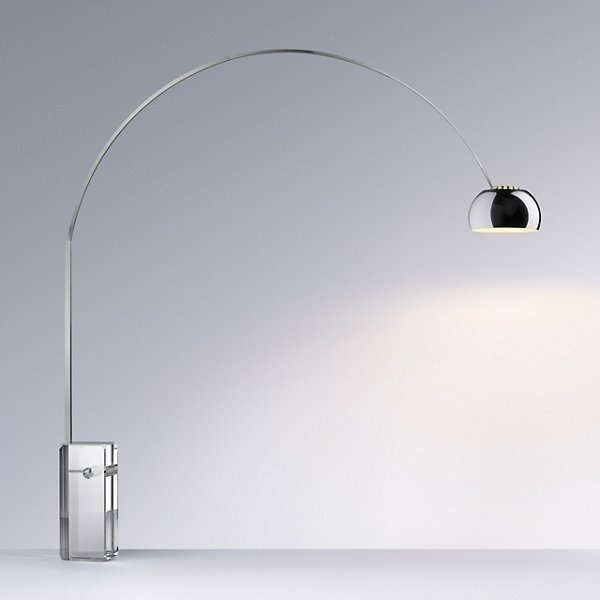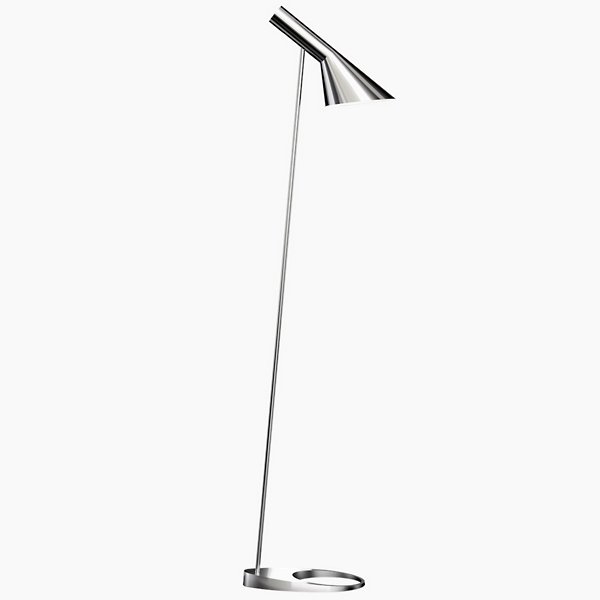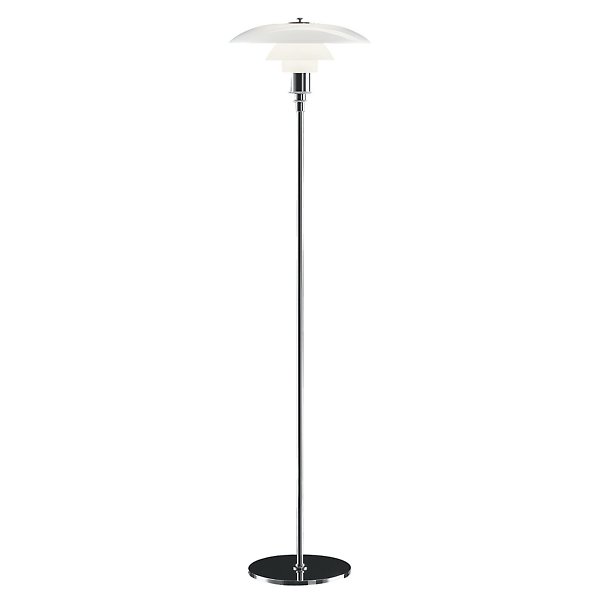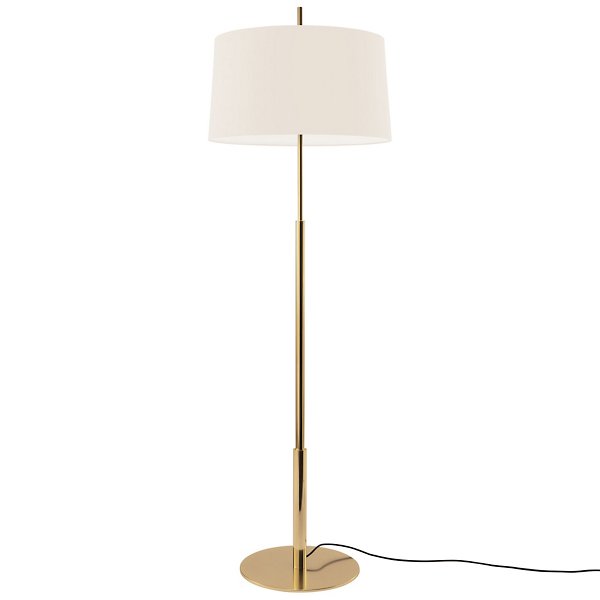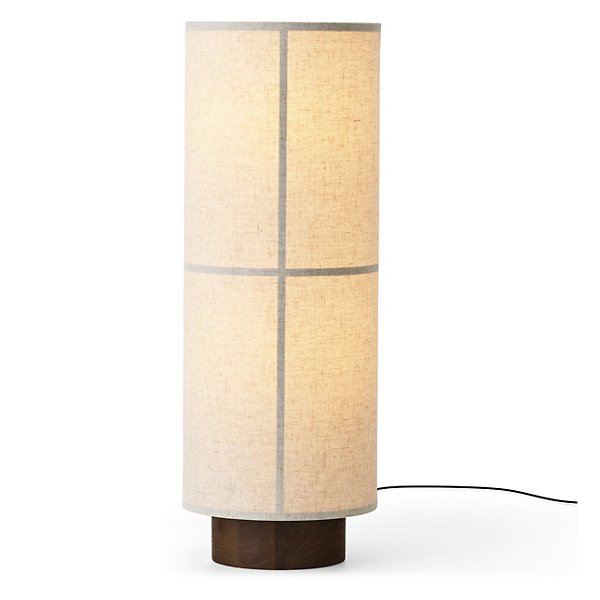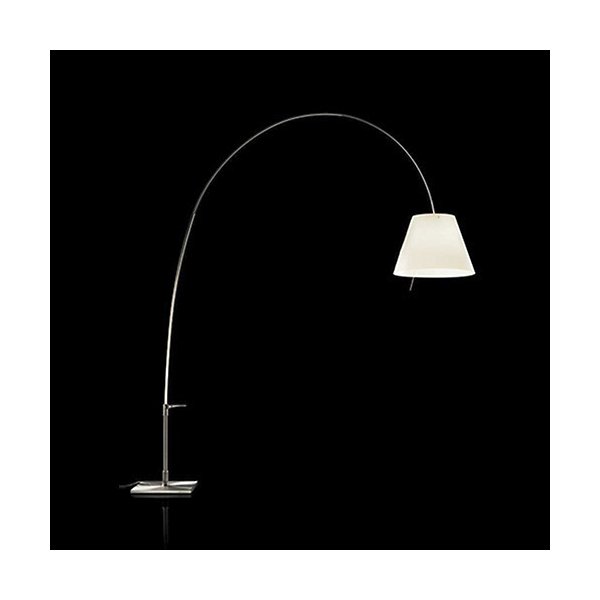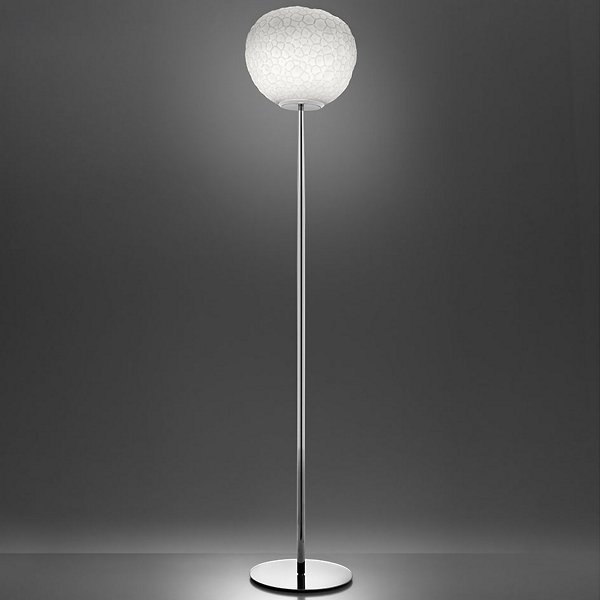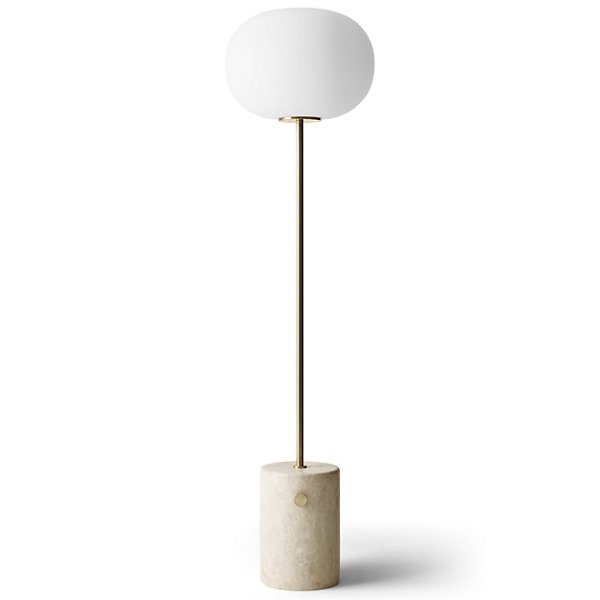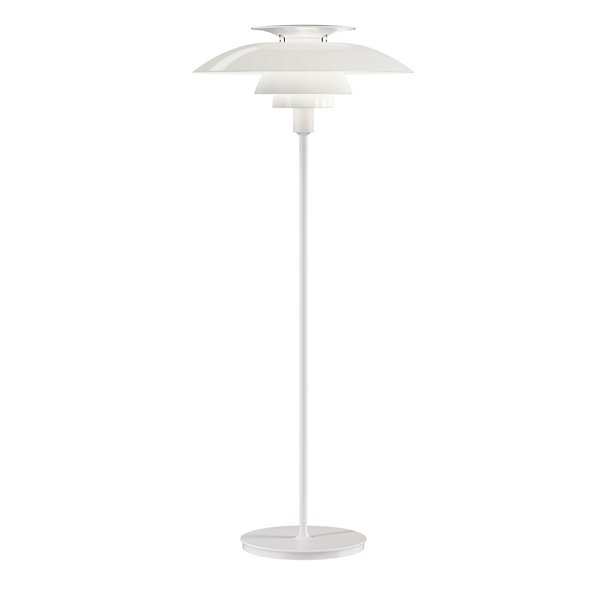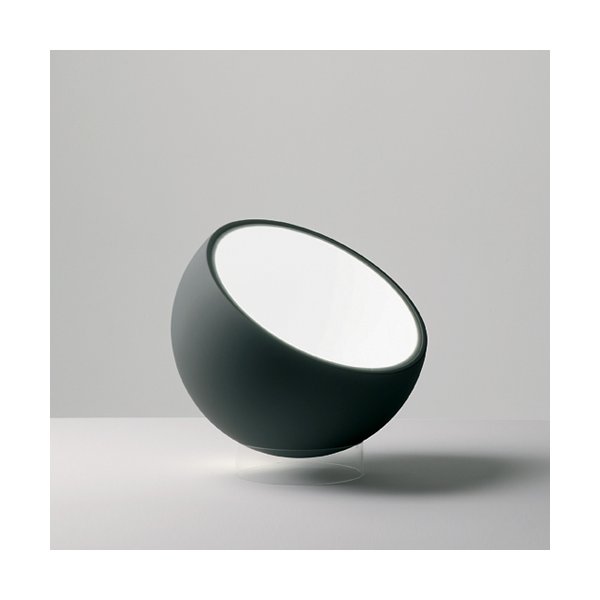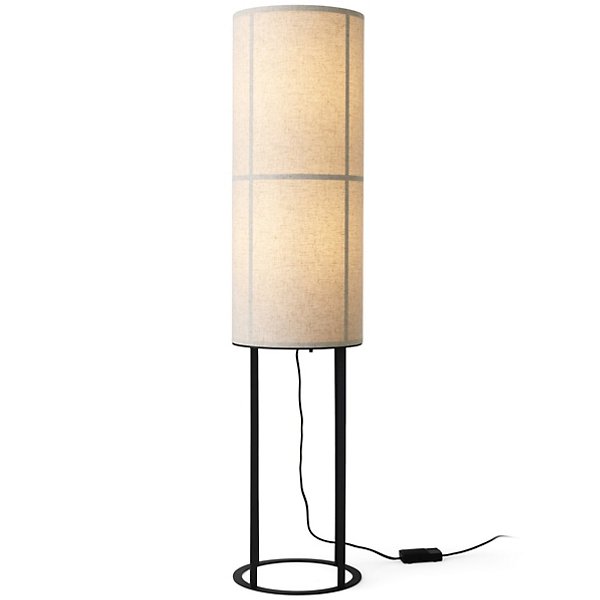|Shown in French Walnut finish, Detail shot
|Shown in French Walnut finish, Detail shot
|Shown in French Walnut finish, Detail shot
|Shown in French Walnut finish, in use
|Shown in French Walnut finish, in use
|Shown in French Walnut finish, in use
|Shown in French Walnut finish, in use
|Shown in French Walnut finish, Detail shot
Variations
Questions about the The Praying Mantis Floor Lamp?
Our team of design specialists is certified by the American Lighting Association to bring you expert service with a personal touch.

Questions about the The Praying Mantis Floor Lamp?
Our team of design specialists is certified by the American Lighting Association to bring you expert service with a personal touch.

Freight Delivery Options
See What's Available Soonest
The Praying Mantis Floor Lamp by Rispal is a classic French design by Georges Rispal in 1950. Named after "La Mante Religieuse", or the Praying Mantis, the floor lamp features beautifully arced legs with a pleated white lamp shade made from similar materials around in the 1950s. The structure is made from French walnut and is crafted by hand. The floor lamp can be used for ambient lighting in office or living spaces.
Rispal, a Paris-based lighting and home décor brand, is well known for its eco-friendly approach to lighting design. The brand is best known for the iconic Mante Religieuse floor lamp, which epitomizes Rispal's philosophy of environmentally responsible production, using only sustainably sourced materials in its designs.
The Praying Mantis Floor Lamp by Rispal is a classic French design by Georges Rispal in 1950. Named after "La Mante Religieuse", or the Praying Mantis, the floor lamp features beautifully arced legs with a pleated white lamp shade made from similar materials around in the 1950s. The structure is made from French walnut and is crafted by hand. The floor lamp can be used for ambient lighting in office or living spaces.
Rispal, a Paris-based lighting and home décor brand, is well known for its eco-friendly approach to lighting design. The brand is best known for the iconic Mante Religieuse floor lamp, which epitomizes Rispal's philosophy of environmentally responsible production, using only sustainably sourced materials in its designs.
- Designer: Georges Rispal in 1950
- A grey topo electric wire is included
- Handmade
- Material: Walnut
- Shade Material: Cellulosic acetate made from wood pulp
- Lighting Style: Soft/Diffused/Ambient
- Location Rating: CE Rated (Europe)
- Made In France
Compare Brightness:
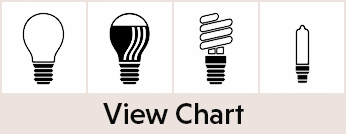
Lumens
The amount of light that comes from a bulb, which has commonly been measured in watts. The more lumens, the brighter the bulb.Wattage
A measurement of the power delivered to a component of an electric circuit (allowing a one-ampere current to flow through the component under the pressure of 1 volt.)Bulb Shape
Bulb shapes are denoted with a letter, which describes the shape, and a number, which indicates the size. The number indicates the diameter of the light bulb at its widest part in eighths of an inch.Base
The part of the bulb that connects to the fixture and its power supply. Bulb bases are denoted with the letter E, and a number which indicates the diameter of the bulb base at its widest part in millimeters.Voltage
Indicates how much voltage a bulb can accept via the fixture it's installed in.Light Color Temperature
The relative color from a light source, measured on the Kelvin temperature scale. Warm light is lower in color temperature (2700-3000 K) and cool, blue light is higher (5000 K).Average Rated Life
The average amount time that a bulb is expected to last.CRI
CRI = color rendering index. This number, which can go from 0 to 100, measures the ability of a light or bulb accurately renders colors. The higher the number, the better, with most quality bulbs these days measuring at least in the 80s.Manufacturer IDs: view
RI-PRAYING-MANTIS
California Residents: Prop 65 regulations
The Praying Mantis Floor Lamp Technical Files and Diagrams
Show Us Your Style @lumensdotcom
#loveyourlumens
Share photos, find inspiration and shop the customer looks you see here.
View Gallery

